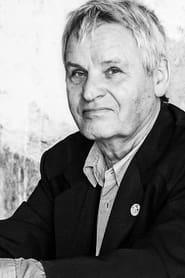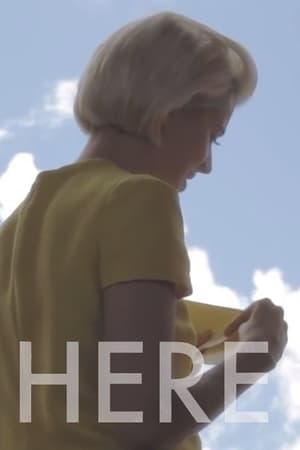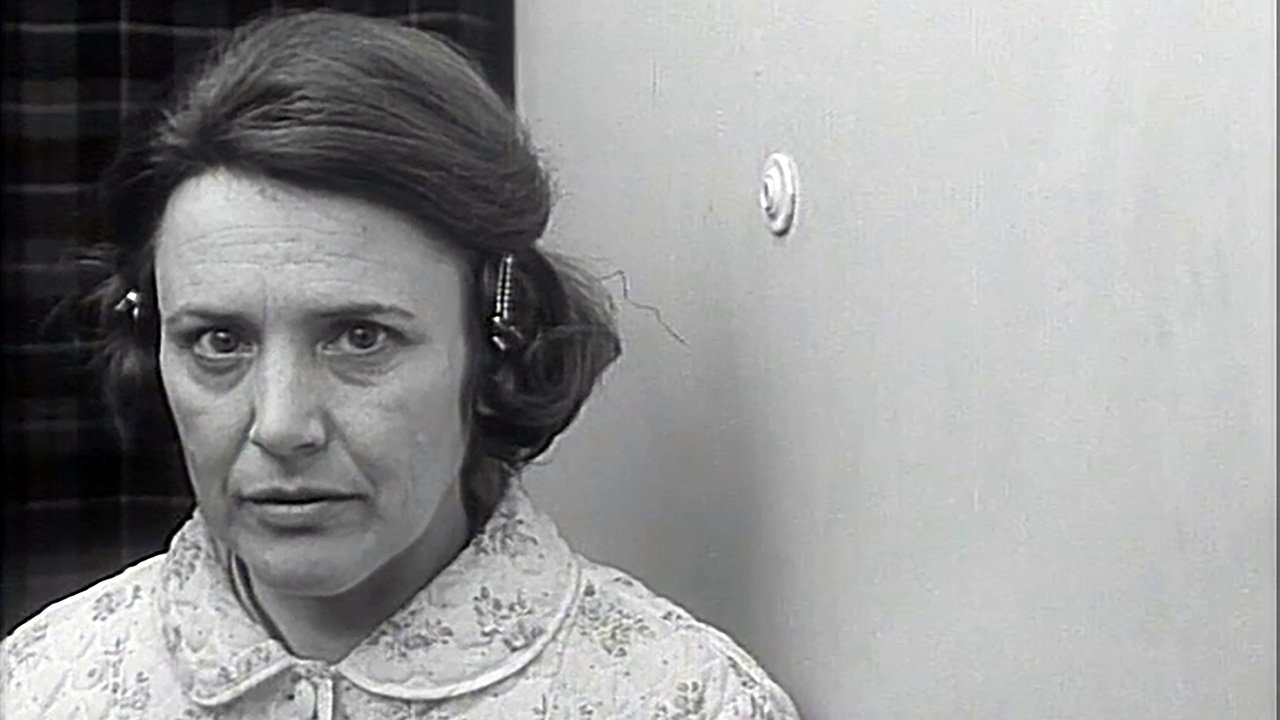
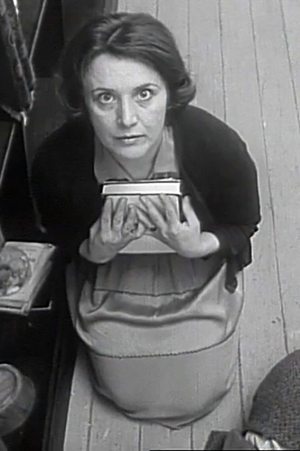
Das Vöglein(1966)
Short thriller about an older woman and an escaped convict.

Movie: Das Vöglein
Top 3 Billed Cast

Das Vöglein
HomePage
Overview
Short thriller about an older woman and an escaped convict.
Release Date
1966-01-01
Average
0
Rating:
0.0 startsTagline
Genres
Languages:
DeutschKeywords
Similar Movies
 7.9
7.9La Jetée(fr)
A man confronts his past during an experiment that attempts to find a solution to the problems of a post-apocalyptic world caused by a world war.
 6.7
6.7Workers Leaving the Lumière Factory(fr)
Working men and women leave through the main gate of the Lumière factory in Lyon, France. Filmed on 22 March 1895, it is often referred to as the first real motion picture ever made, although Louis Le Prince's 1888 Roundhay Garden Scene pre-dated it by seven years. Three separate versions of this film exist, which differ from one another in numerous ways. The first version features a carriage drawn by one horse, while in the second version the carriage is drawn by two horses, and there is no carriage at all in the third version. The clothing style is also different between the three versions, demonstrating the different seasons in which each was filmed. This film was made in the 35 mm format with an aspect ratio of 1.33:1, and at a speed of 16 frames per second. At that rate, the 17 meters of film length provided a duration of 46 seconds, holding a total of 800 frames.
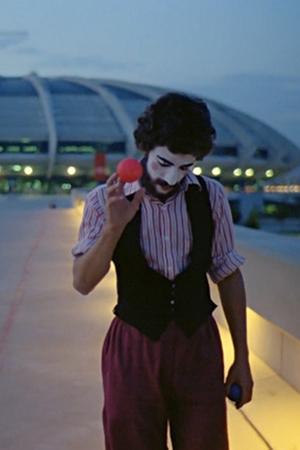 6.7
6.7The Juggler(fr)
A juggler in a park opens his magic box and takes out 3 balls. The audience marvels at his dexterity, until one ball escapes. The mutinous ball takes on magical properties as it draws the juggler into a series of adventures with many levels of meaning: appearance, fantasy and love. Without words.
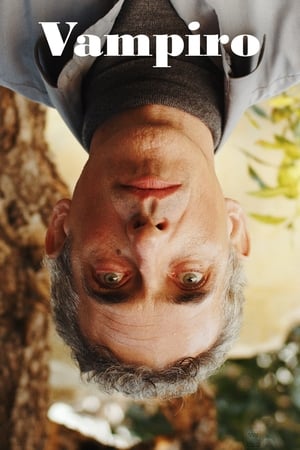 4.6
4.6Vampiro(es)
A screenwriter contacts a prostitute to research a character of his new script.
 7.1
7.1The Arrival of a Train at La Ciotat(fr)
A group of people are standing along the platform of a railway station in La Ciotat, waiting for a train. One is seen coming, at some distance, and eventually stops at the platform. Doors of the railway-cars open and attendants help passengers off and on. Popular legend has it that, when this film was shown, the first-night audience fled the café in terror, fearing being run over by the "approaching" train. This legend has since been identified as promotional embellishment, though there is evidence to suggest that people were astounded at the capabilities of the Lumières' cinématographe.
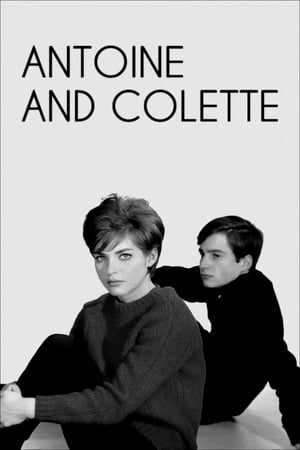 7.2
7.2Antoine and Colette(fr)
Now aged 17, Antoine Doinel works in a factory which makes records. At a music concert, he meets a girl his own age, Colette, and falls in love with her. Later, Antoine goes to extraordinary lengths to please his new girlfriend and her parents, but Colette still only regards him as a casual friend. First segment of “Love at Twenty” (1962).
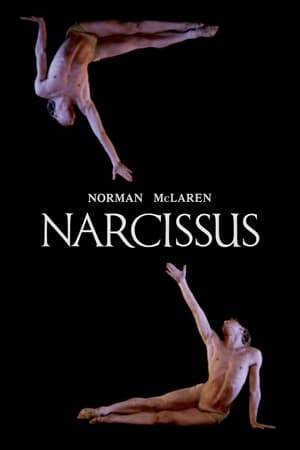 5.2
5.2Narcissus(en)
In this short film by Norman McLaren, dancers enact the Greek tragedy of Narcissus, the beautiful youth whose excessive self-love condemned him to a trapped existence. Skilfully merging film, dance and music, the film is a compendium of the techniques McLaren acquired over a lifetime of experimentation.
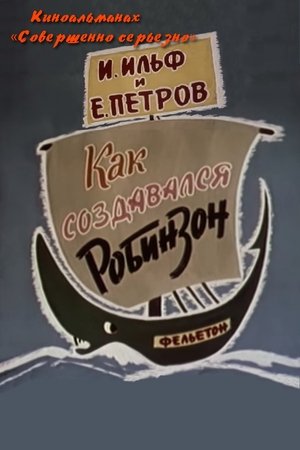 8.0
8.0How Robinson Was Created(ru)
The film is based on the feuilleton of the same name by I. Ilf and E. Petrov. A writer named Moldovantsev delivers a thrilling Soviet‐style Robinson Crusoe adventure on deadline, only to have his editor insist on adding a local party chairman, freed ex‐members, an activist collector, a housing committee and even a meeting table, bell and ledger washed ashore. Reluctantly he complies, so far that he jettisons Robinson himself as an unjustified weakling, transforming his novel into an absurd manifesto of bureaucratic excess.
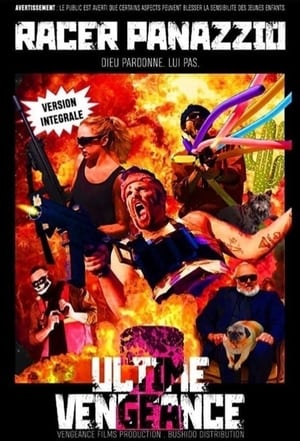 0.0
0.0Ultimate Revenge 2 - Origins(fr)
Mercenary Racier Panazio kills everyone standing in his way as he tried to find the murderer who killed his wife at the International Agricultural Show.
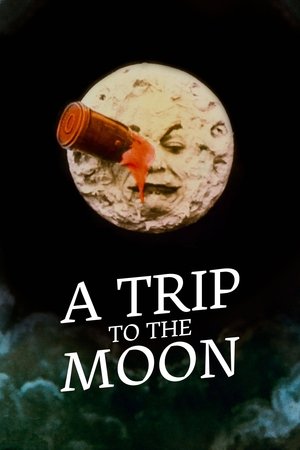 7.9
7.9A Trip to the Moon(fr)
Professor Barbenfouillis and five of his colleagues from the Academy of Astronomy travel to the Moon aboard a rocket propelled by a giant cannon. Once on the lunar surface, the bold explorers face the many perils hidden in the caves of the mysterious planet.
 8.2
8.2Night and Fog(fr)
Filmmaker Alain Resnais documents the atrocities behind the walls of Hitler's concentration camps.
 0.0
0.0Stake Land: The Day I Told My Boyfriend(en)
Belle lets her boyfriend know about her pregnancy as they ride in his car.
 0.0
0.0Stake Land: Willie(en)
Former Marine Willie is walking through a rural area... dragging a body.
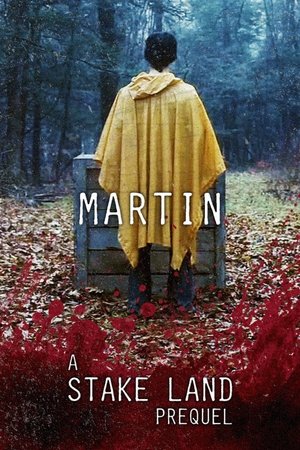 0.0
0.0Stake Land: Martin(en)
Martin is having a dream about himself and the plague.
Rumble(en)
A deaf boxer must decide whether to give up the sport he loves in favour of an operation that could allow him to hear for the first time.
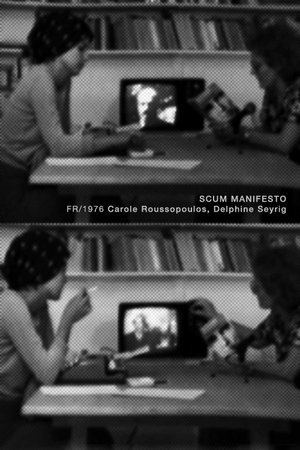 5.3
5.3Scum Manifesto(fr)
Delphine Seyrig reads passages from a Valerie Solanas’s SCUM manifesto.
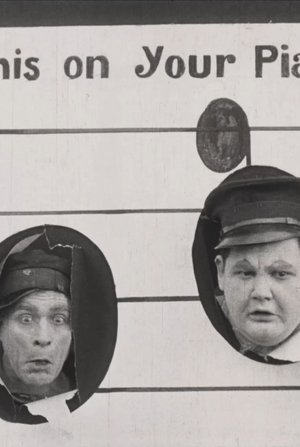 4.9
4.9The Serenade(en)
Plump and Runt are street musicians who are rivals for Florence's affection.
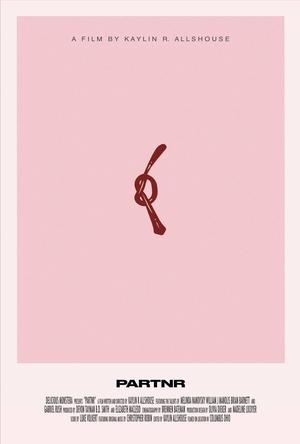 1.0
1.0PARTNR(en)
When her bionic boyfriend Ethan proposes, Jackie finally feels like she has found her happily ever after— until a chance encounter with another human shows her how messy love can really be.
